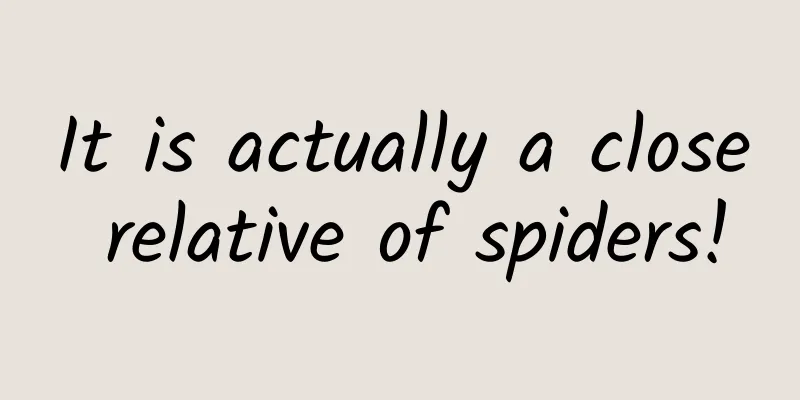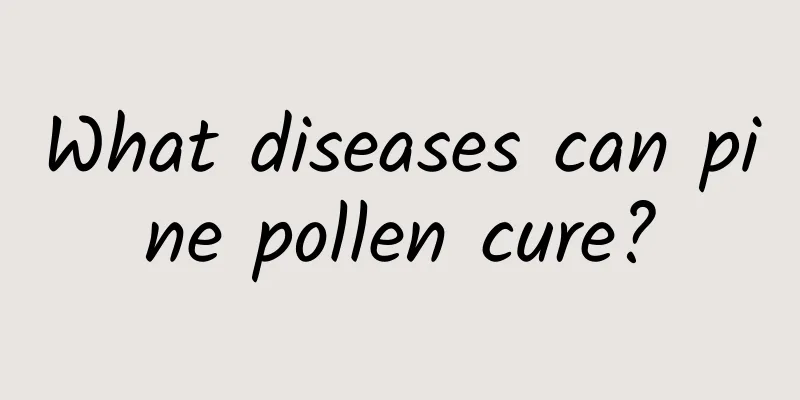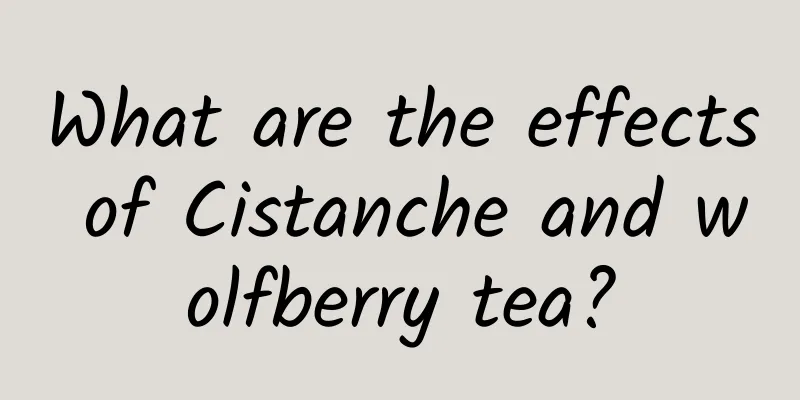It is actually a close relative of spiders!

|
Nie Huang's "Illustrated Book of Sea Tales" in the Qing Dynasty recorded such a creature: "Its back is hard and its belly is soft, and its shape is like a missing piece. Its mouth is in the chest, and it has 29 legs." It looks like a giant crab, with four eyes and a long tail. Its back is dark green, while its belly and claws are dark purple. This is our protagonist today - the precious living marine fossil "Horseshoe Crab". The Chinese horseshoe crab depicted in "Haicuotu": Does it look a bit like a spider? In fact, they are "close relatives" of spiders~ What is a horseshoe crab? Horseshoe crabs are marine arthropods of the order Xiphosura, class Limulus. Their ancestors first appeared in the Devonian period of the Paleozoic Era, when primitive fish had just come into being and dinosaurs had not yet appeared. Horseshoe crabs are "relatives" of the famous trilobites and once lived together on Earth. Today, trilobites have long been extinct, and horseshoe crabs only have 2 subfamilies, 3 genera and 4 species left in the world. ① American horseshoe crab (Limulus polyphemus) Other name: Horseshoe crab Distributed in North America, Maine, southern Florida and the east coast of the United States; the Gulf of Mexico and the Yucatan Peninsula. ② Roundtail horseshoe crab (Carcinoscorpius rotundicauda) Other name: Scorpion crab Distributed in India, Indonesia, Malaysia, Philippines, Singapore and Thailand. ③ Chinese horseshoe crab (Tachypleus tridentatus) Other names: Chinese horseshoe crab, three-spined horseshoe crab, oriental horseshoe crab Distributed in China, Indonesia, Japan, Malaysia, the Philippines and Vietnam. ④ Southern horseshoe crab (Tachypleus gigas) Other name: Giant horseshoe crab Distributed in India, Indonesia, Malaysia, Philippines, Singapore and Thailand. The blood of horseshoe crabs is very precious and is light blue. In 1956, biologist Fred Bang discovered that horseshoe crab blood would produce gel when it encountered Gram-negative bacteria. Subsequent studies showed that the endotoxins released by bacteria activated the immune cells in the horseshoe crabs, the amoeba-like cells, causing the gel reaction. Based on this characteristic, the horseshoe crab test method (bacterial endotoxin test method) was established. Therefore, the test reagent made by special treatment of horseshoe crab blood - "horse crab reagent" , also known as horseshoe crab amoeba-like cell lysate . Horseshoe crab reagents can accurately and quickly detect the presence of trace amounts of bacterial endotoxins. They are now widely used in the rapid early diagnosis of clinical endotoxin sepsis, bacteriuria, Gram-negative meningitis, etc., and are also used in food testing and testing of bacterial endotoxin limits of some drugs. In addition, a variety of active substances in horseshoe crab blood also have the function of inhibiting tumor cell growth and inducing cancer cell differentiation. However, with the widespread use of the horseshoe crab test method and its temporary irreplaceability, horseshoe crabs, which have survived on Earth for 400 million years, are facing a huge crisis. Having "escaped" the "Permian mass extinction", can they survive this crisis? This urgently requires us to raise awareness of protection: In 2007 , the Horseshoe Crab Specialist Group of the Species Survival Commission of the World Conservation Union held the first International Horseshoe Crab Science and Conservation Symposium to better promote the research and conservation of horseshoe crabs worldwide. Since then, a symposium has been held every four years. In March 2019 , the World Conservation Union officially updated the status of Chinese horseshoe crab in the IUCN Red List from "data deficient" to "endangered". On June 20, 2019 , in Beihai, Guangxi, more than 100 experts and scholars from 18 countries and regions around the world jointly issued the "Global Horseshoe Crab Conservation Beibu Gulf Declaration", officially designating June 20 of each year as "International Horseshoe Crab Conservation Day". On February 5, 2021 , the State Forestry and Grassland Administration of China released the adjusted "National Key Protected Wild Animal List", listing Chinese horseshoe crab and round-tailed (scorpion) horseshoe crab as national second-class protected animals. How to protect? Methods for protecting horseshoe crab resources: my country is one of the few countries in the world that has horseshoe crab resources. However, according to surveys, the number of horseshoe crabs in Guangxi Beibu Gulf has dropped sharply from 600,000 to 700,000 pairs before the 1990s to about 40,000 pairs in 2019. In the face of this emergency, on the one hand, it is necessary to stop the loss of horseshoe crab resources. It requires multiple departments to work together to formulate a reasonable and effective horseshoe crab resource protection system, crack down on the gray trade of horseshoe crabs in China, and develop alternative products for "horseshoe crab reagents"; on the other hand, it is also necessary to effectively expand horseshoe crab resources, use artificial breeding technology to ensure the development of wild populations, maintain the balance of natural ecology, and develop artificially cultivated populations to meet society's demand for horseshoe crab resources. Let us work together to protect horseshoe crabs and our homeland! |
>>: @North Pole Rabbit: Cute thing, you really don’t mind the cold…
Recommend
The efficacy of Matsutake and wolfberry wine
Matsutake and wolfberry are very common Chinese m...
China Payment and Clearing Association: WeChat Pay will be more popular than Alipay in 2022, and 80% of mobile payment users earn less than 10,000 yuan per month
In order to fully and deeply understand the curre...
Can AI be trusted?
Recently, there have been numerous articles, inte...
The more sour the fruit, the higher the vitamin C content? It turns out that we have been eating it wrong for so many years...
gossip When it comes to vitamin supplements, many...
How much is the price of Polygonum multiflorum per pound?
Shouwu, also known as Jiuzhen Teng, is a common C...
Full of useful tips on home fire prevention: This is what a fire extinguisher looks like!
Your browser does not support the video tag What ...
Hidden in the distant "heartland" of the Milky Way, mysterious galactic gas streams hide...
Hidden in the distant heart of the Milky Way, the...
What are the medicinal values of stone ear?
Stone ear is a kind of thing that is relatively r...
Technology News丨Omicron strain may contain cold virus gene fragments; South Korea's artificial sun is 8 times hotter than the real sun
【Today’s cover】 Zhegu Lake is located in Cuomei C...
The efficacy and function of the earth melon
Many people are not very clear about the wild gou...
The fourth cold wave of this winter is coming! Quick freeze in the south! Blizzard in the northeast? | Authoritative interpretation
Since November, cold air processes have continuou...
Be careful, these "mountain and sea delicacies" are attacking your summer vacation
Author: Li Haijie, School of Public Health, North...
Hampleton: E-commerce M&A report for the first half of 2023
E-commerce M&A deals appear to be gaining som...
Is childbirth so painful an evolutionary bug?
Regarding evolution, I often see netizens discuss...
What are the traditional Chinese medicine formulas for treating Qi and blood deficiency?
If a person's qi and blood are very poor, the...









